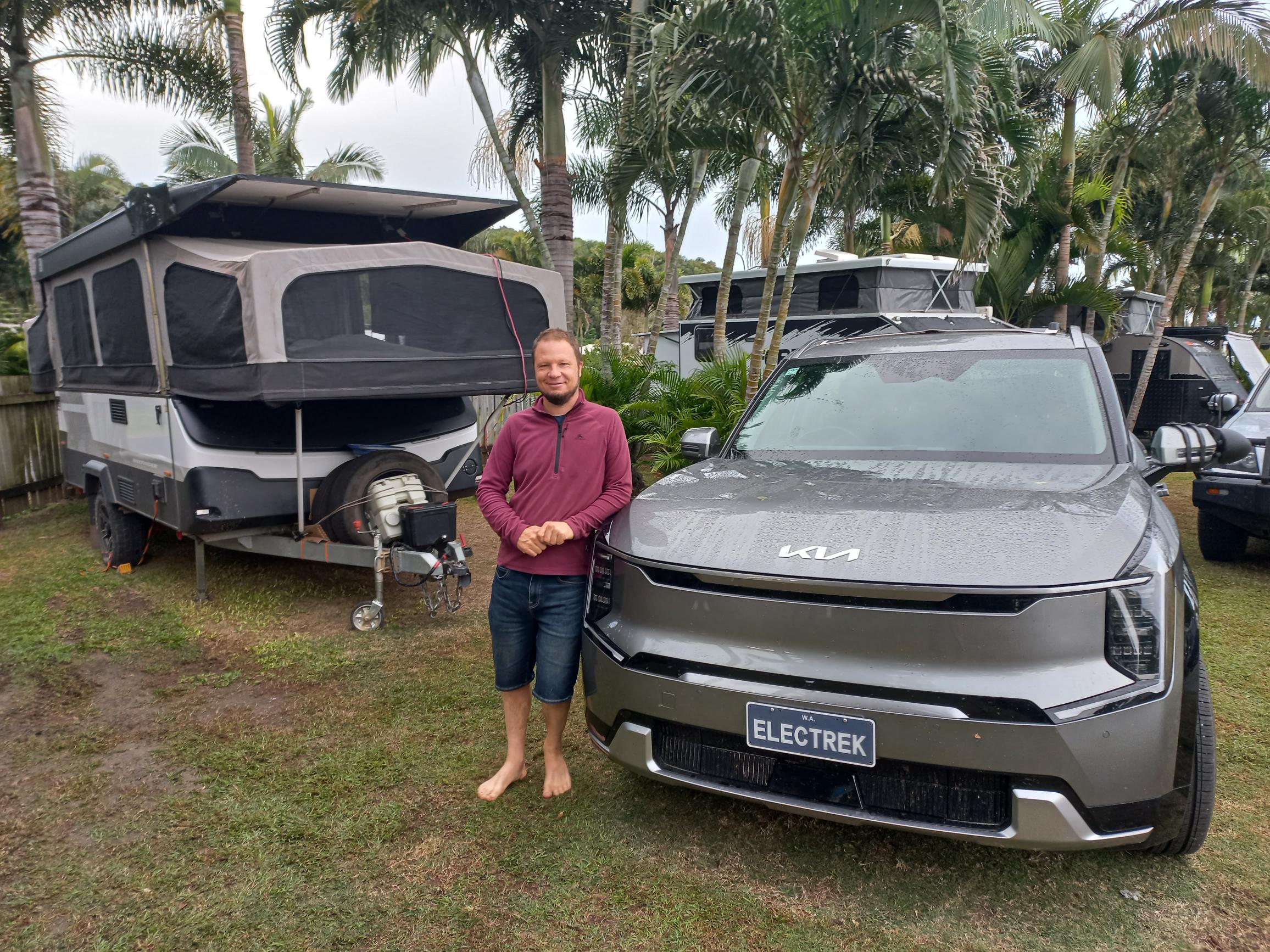Sign up for daily news updates from CleanTechnica on email. Or follow us on Google News!
We’ve tried electric rideables of all shapes and sizes, but we never had a chance to wet our beaks with anything in the water — until now.
What’s a Fliteboard?
Fliteboard is an electric hydrofoil company out of Australia that brings together the joys of surfing together with an experience similar to flying, thanks to its electric hydrofoil — aka e-foil — technology. Hydrofoils act as a set of wings that sit under the surface in the water and function much like they do in the air. The pair of wings provides lift to float the board and rider out of the water when underway.
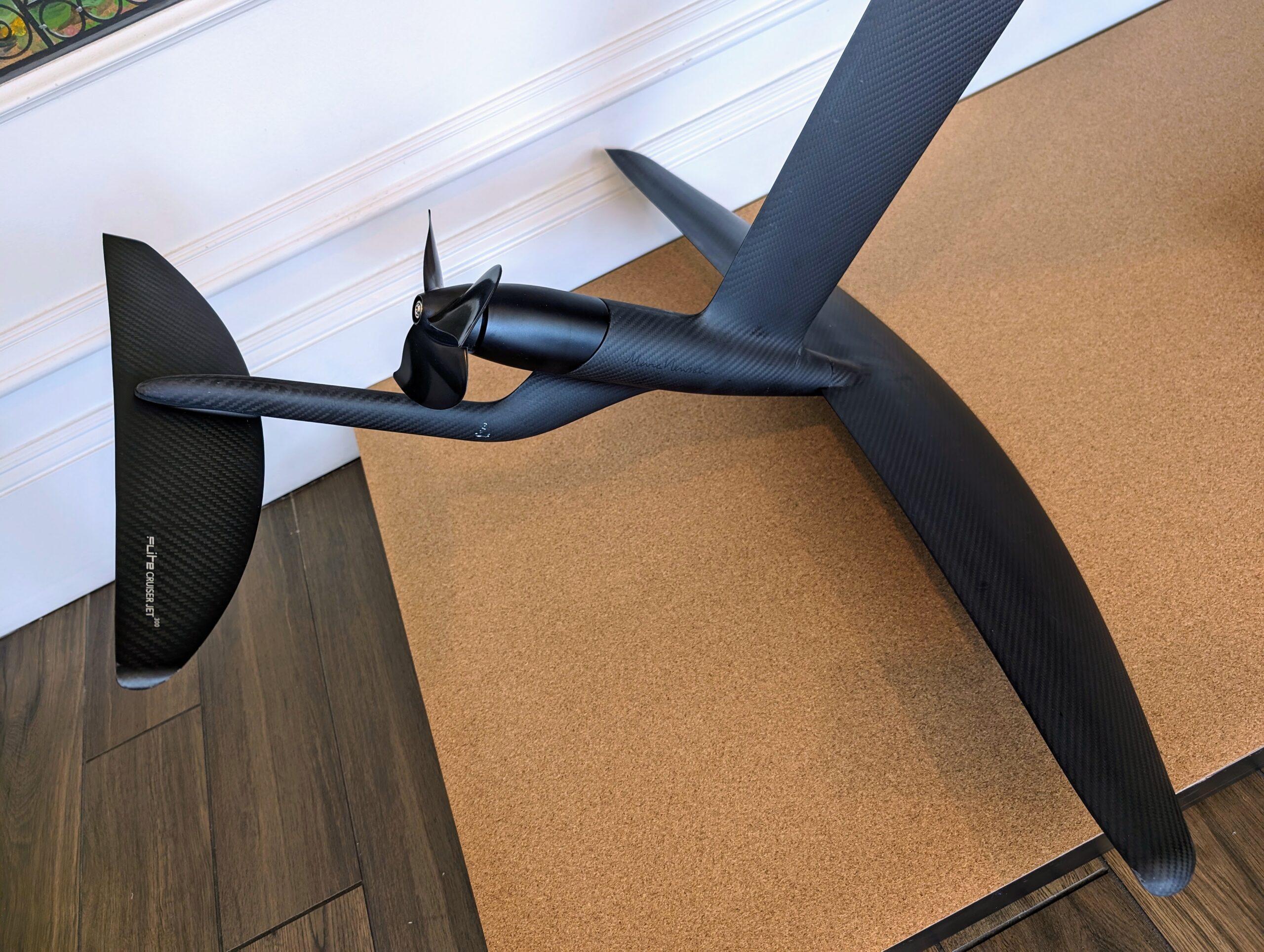
This feat is made even easier thanks to a motor that’s integrated into the mast and wing system, powered by a hefty battery nestled in the deck of the board. They said it’s like flying on a magic carpet above the water or surfing without waves. As someone who’s no longer in prime physical shape, I was eager to re-live the speed and enjoyment of a day in the waves with a little bit of assistance from some of the most cutting edge batteries, motors, and hydrofoils on the planet.
Fliteboard’s parent company Brunswick invited us out to Charleston, South Carolina, to take its electric Fliteboards and electric outboards from sister company Mercury Avator out for a spin on the water. We eagerly obliged and before too long we found ourselves floating in the water, kitted out with a life vest and helmet, wondering what we had gotten ourselves into.
Disclaimer: Fliteboard parent company Brunswick paid for the author’s travel and accommodations to attend this event.
Before the event, we watched an instructional video, had a briefing from Fliteboard’s experts, and even their team rider eight-time world champion wakeboarder Harley Clifford. Words are fine and everything seems possible when you’re standing around on dry land watching somebody on TV ripping around on a Fliteboard in the waves, surrounded by friends all with smiles on their faces. It’s easy, bro.
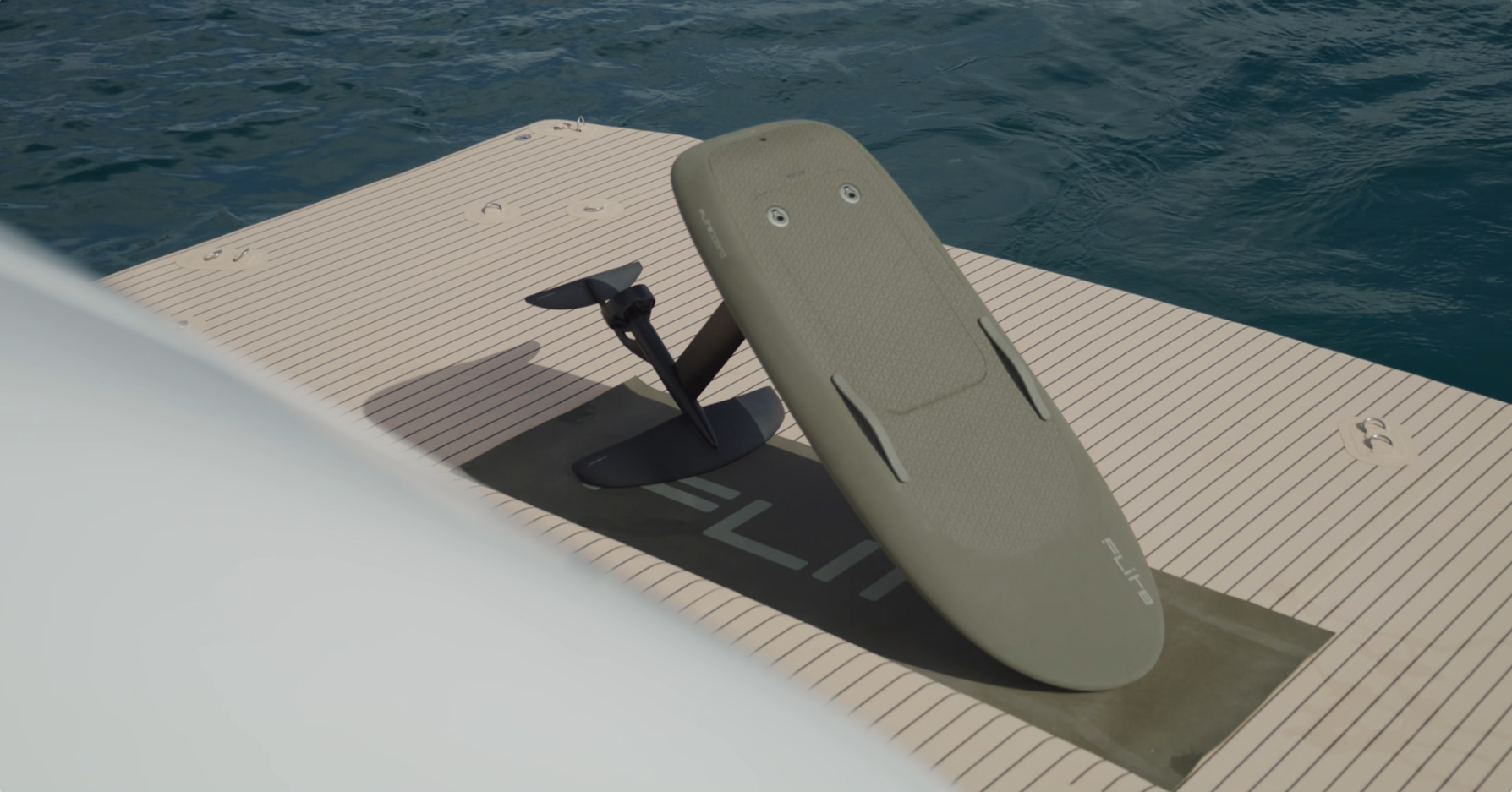
Taking Flight
Back in the water it was our turn, and before we knew it, we were motoring along on our belly and then our knees before attempting to stand up on the board. The speed of the Fliteboard is controlled by a wireless handheld controller with a range of virtual gears to select from and a trigger to engage the throttle.
It took a few minutes of patient instruction, but within 30 minutes we were standing on the board, motoring along in search of balance. With a top speed of around 30 mph, these things can definitely rip, but we were nowhere near that and rightfully so.
After being gently reminded of the tips to help move from standing to actually flying up on the wing, we eventually coaxed the board into lifting out of the water and were immediately impressed with just how high 12 inches off the water feels. A few minutes later, I was able to stabilize my stance and gain some measure of control of the board while underway. All told, it took about an hour to go from knowing nothing to riding around on the board above the water, thanks to the motor and hydrofoils.
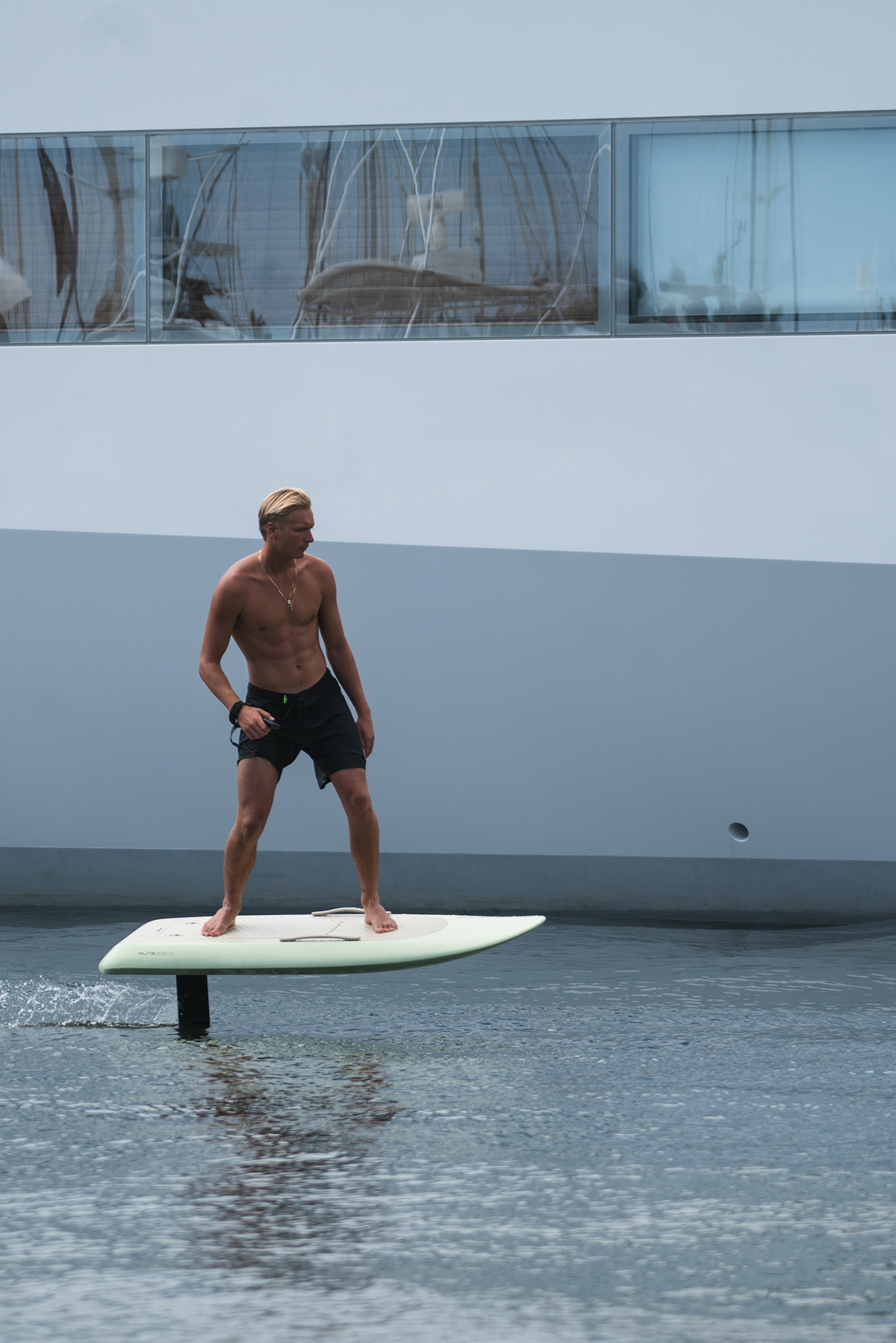
We’ve been in boats propped up by hydrofoils, and the feeling is magical. On a Fliteboard, it feels even more liberating because you’re not surrounded by a boat and the experience is far more intuitive. It felt like flying along the surface of the water like seabirds do, without a care in the world.
The experience was magical, and our short trial already has me wondering when the next opportunity to get into the water and onto a Fliteboard will be. That said, the Fliteboard does have a learning curve and it’s definitely a good idea if you can to set up some time with a local expert to get comfortable on the board and learn a few key tips from a pro in that first session.
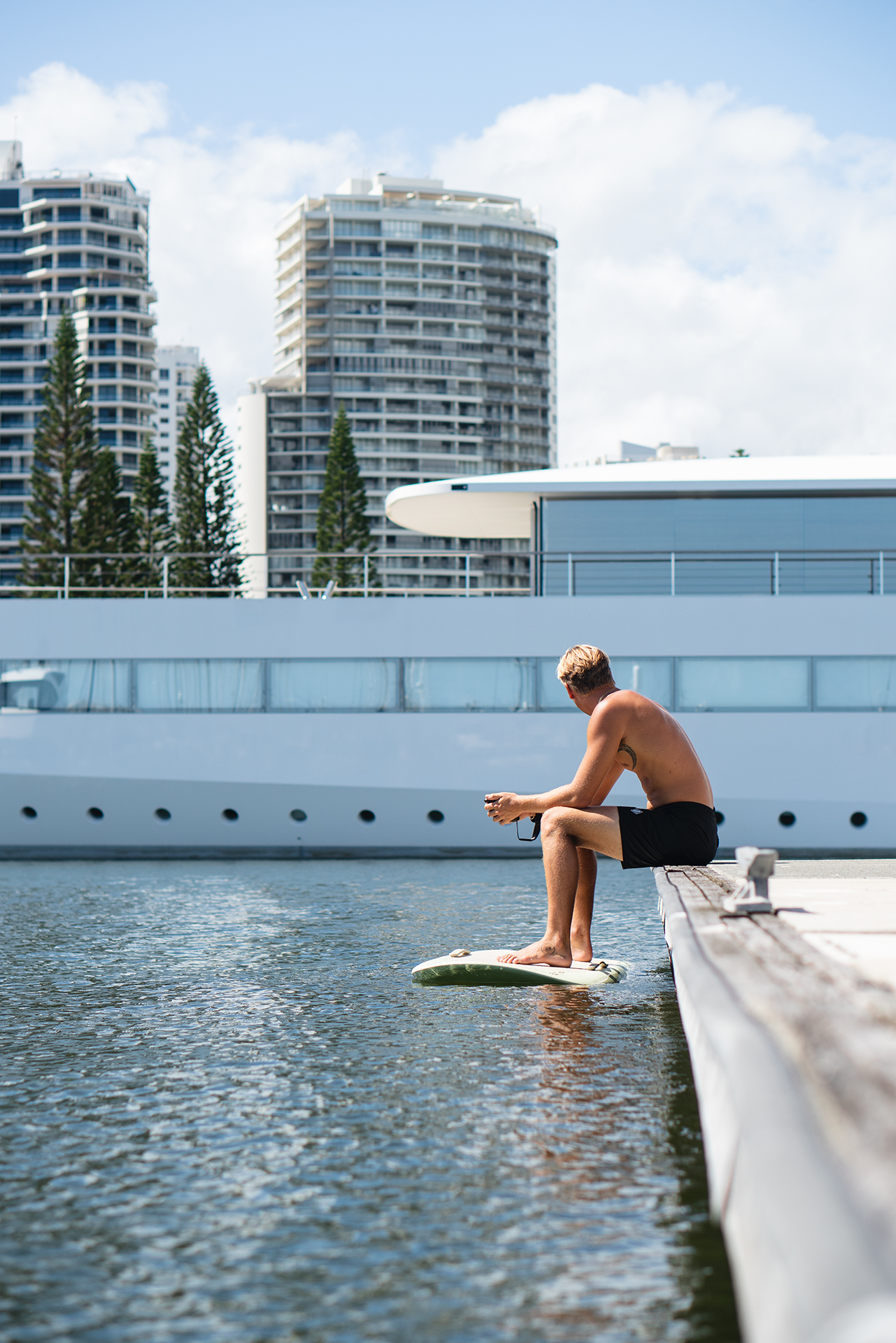
Along the way, it’s also important to get comfortable falling off the board. It’s a lot like surfing, but the board is bigger and heavier and has a massive wing attached that extends a few feet underwater. The larger boards tip the scales at over 50 pounds for the combination, and the wings detach for easier transport in a flat pack. They have a few different models that are lighter and more agile. Consequently, these are a little bit more difficult to learn to ride. I tried out a few of the other models and found the larger board to be far easier to build my confidence on and could easily see spending more time on one of the smaller boards in a future session.
So What?
This might come as a surprise, but CleanTechnica is not a watersports magazine, nor are we terribly worried about promoting the latest recreational water toys. So why does the Fliteboard matter and why has it found its way onto the site?
Much like the electric skateboards we reviewed in the early days of electric land rideables, we believe the Fliteboard and its electric hydrofoil technology is paving the way for a fully electric future for transportation on the water. The Fliteboard itself in its current configuration can go up to 20 miles / 32 kilometers per charge. That’s extremely impressive and could easily replace a compact boat for ripping around a local harbor or lake, even serving as a primary means of transportation for people who live life on the water.
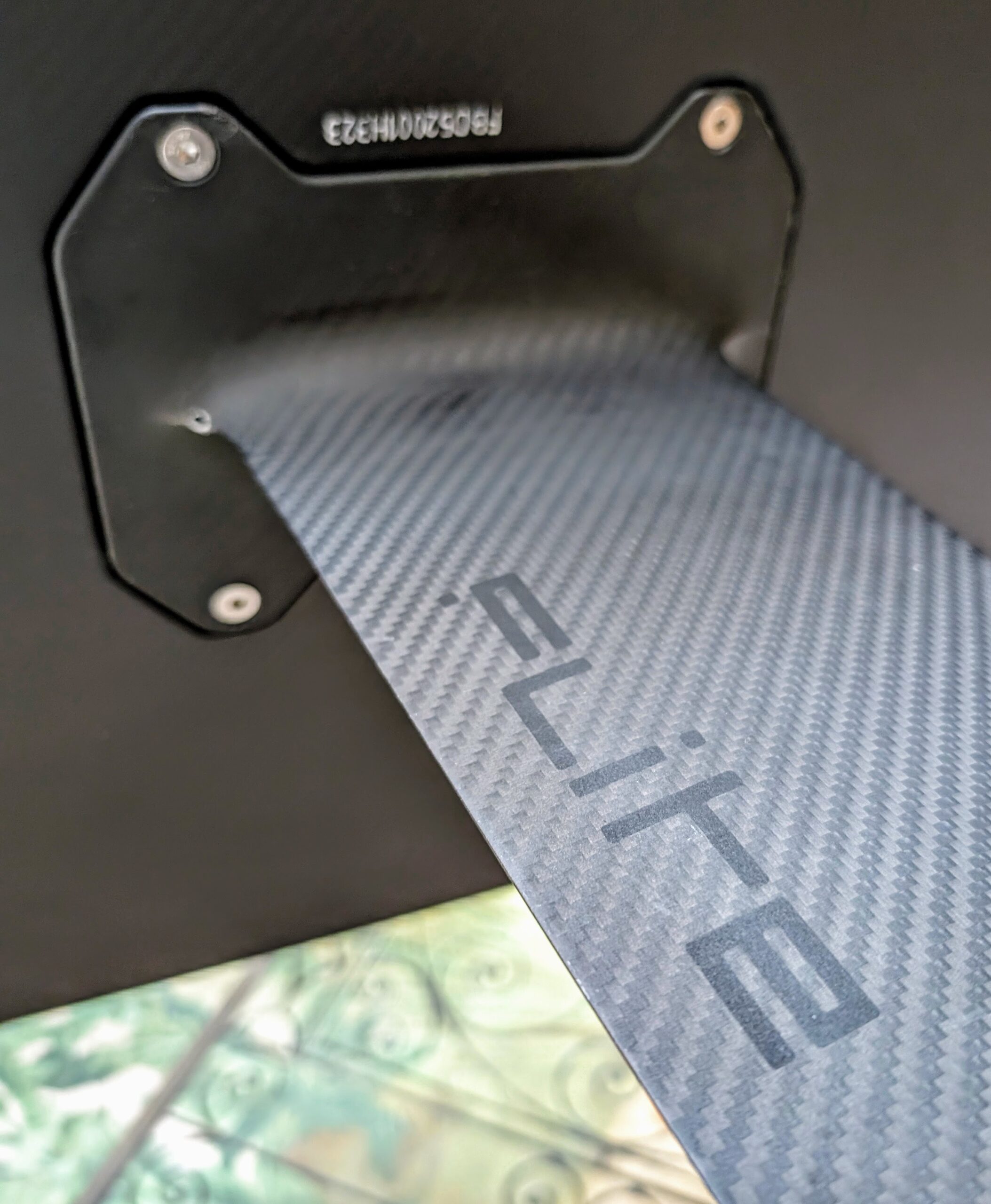
They can already replace dinghies for larger vessels that need to drop anchor farther out to sea and then motor into shore, and there are probably a few other niche applications that folks can use to justify all the fun that can be had on a Fliteboard.
More importantly than that though, Fliteboard is advancing electric hydrofoil technology, the electric motors and props that power them as well as the battery and charging technology required to keep them moving. With most electric hydrofoil boats still tipping the scales at several hundred thousand dollars, the Fliteboard’s price range of $7,000 to $13,000 — while not cheap — is a much more approachable way for folks to start experimenting with electric transportation on the water.
The future isn’t built overnight. It rarely bursts on the scene and takes the world by storm, but rather it slowly and precariously finds its way into the mainstream, and then before you know it, all the boats in the harbor are electric. Hydrofoils are definitely key to making that happen, given the efficiencies they bring to the party by pushing the hull of the boat out of the water.
Those efficiency gains allow electric watercraft to compete with their hull-in-the-water counterparts that have had hundreds or even thousands of years of development put into them.
Is Fliteboard the one and done solution to zero emission transportation on the water? Probably not. But the fact that it is coming to the market underneath the powerhouse of marine titan Brunswick and alongside sister brands like Mercury Avator’s electric motors, it’s sure this technology will play a role in shaping the future of transportation on the water.
And for that alone, it’s worth looking at and taking seriously, allowing ourselves to dream just a little bit more about what’s possible. And who knows, you just might have some fun along the way and learn a bit about the future of zero emission marine transportation.
From more information about Fliteboard or Mercury’s lineup of fully electric Avator outboards, head to their respective websites.
Have a tip for CleanTechnica? Want to advertise? Want to suggest a guest for our CleanTech Talk podcast? Contact us here.
Latest CleanTechnica.TV Videos
CleanTechnica uses affiliate links. See our policy here.




